Ebb & Flow - How to paint without burnout
Posted on
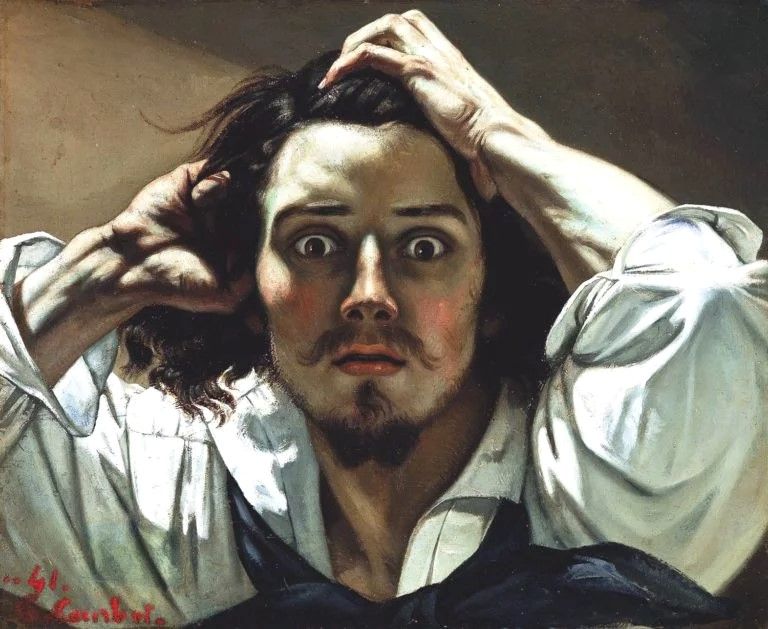
I was reminded this week of the importance of taking it slow. A student from my recent art workshop suffers from chronic fatigue. She was so enjoying her painting and trying to get as much accomplished at the one-day workshop that she didn’t notice that she was getting tired and needed to take a break. Although she had a wonderful time, it made her really exhausted the following day. Despite the popular myth of the tortured artist, you really shouldn’t have to suffer for your art - it should be a fun and exciting journey.
I don’t teach often and only in person, so my painting workshops have limited places and tend to sell out quickly. The artists who come are always a great bunch of people, supportive with each other, really keen to learn as much as possible, sometimes a little competitive or easily dismayed (because everyone else’s painting always seems better than your own!) but everyone leaves with a new idea, a mostly-finished painting and the inspiration to do more. I encourage them to go further than they think they are capable and I make sure we relax for lunch together, but this made me realise that I need to remind them to slow down sometimes. I also need to remind myself to slow down.
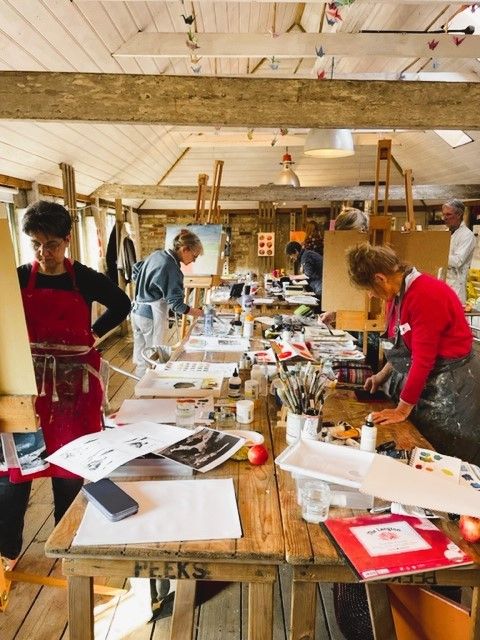
Painting at a one-day workshop is fantastic because it takes away all distractions and allows you to focus solely on your painting for the time you are there, but everyone wants to get as much out of the day as possible. It is quite a different experience when you are painting daily as a professional artist as you have time to push yourself further, but unless you want to end up as that ‘tortured artist’ you need to find ways to set your pace and manage your energy levels.
There is a natural ebb and flow to creative work and you learn to slow down when the painting is at a vulnerable stage, when you get tired or when you start to lose your direction. The slow contemplative time spent preparing panels before painting is as important as the fast frenzy of those initial brushstrokes when you are trying to express an idea before it disappears.
From the initial often oblique spark of an idea, a great amount of time is spent seemingly doing nothing. I’ve learnt not to gulp down an idea but to let it brew. You might find me deliberately distracting myself with meaningless tasks so as not to frighten the idea away, hoping it will quietly linger and slowly mature, whilst I turn it around, building its layers inside my head, until I am ready to make some marks on the page. By the time I start a painting, I have often produced many studies, sketches and experiments, respectfully exploring where I can go with this spark of an idea and I am now ready to see where it takes me on a large scale canvas.
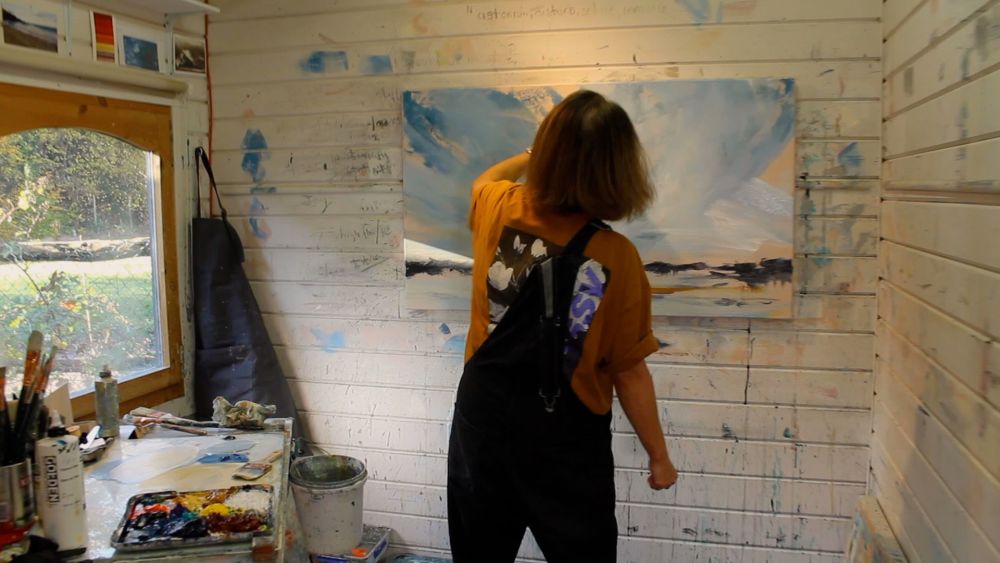
The beginning of a painting, when it comes, is like taking part in an event you’ve long been waiting for, packed with anticipation and adrenaline. It is fast, gestural and full of energy. Despite my preparation and planning, the possibilities at this stage are limitless. The middle stage of a painting is tricky and is often where my students lose confidence, as the painting naturally isn’t quite where they imagined it to be yet. Then comes the hardest stage, the end, which has to be slow and steady (much like Aesop’s tortoise, who eventually wins the race). Sometimes it can take days or months to find the way to finish a painting with perhaps just a few brushstrokes or a pop of colour; the final touch that gives it that spark and makes you look twice.
My friend Karen Skidmore, a successful Business Coach, likes to encourage people to be mindful of their energy and learn when to ‘lean in’ or ‘lean out’ . My talented student, mindful of her energy levels, plans to put a reminder on her phone so that she takes regular breaks at the next workshop. However you like to do it, it’s important to go slow sometimes.
Rushing to the end, with a definite idea of how you want your painting to look, apart from killing all the excitement, means that you are likely to miss those unexpected opportunities. It is so much more enjoyable to start a painting not knowing where it will lead you. Opening your mind to possibilities and ‘leaning in’ to the flow allows you to let the painting direct its own course, often with unexpectedly delightful results. But you have to be there in the moment, to notice what’s happening. This is how I try to learn and develop as an artist. This unknowing is what keeps it fresh and exciting.
When I paint in the studio I take regular short breaks to prevent me over-working my paintings (or exhausting myself in the excitement!) It is such an adrenaline rush when you start and the possibilities of creating something incredible are all looking good. I take a pause and stretch before beginning so my head is calm and focused. I work standing up so the energetic first layers are a full body workout, especially on the larger paintings.
I often use music to guide my pace; fast rhythmic jazz or something I want to dance to for the start to keep me open, energetic and positive. To keep pace in the middle some smooth chill house music that flows continuously, then something gentle and calm to slow me down for the finishing stages. If I need to re-invigorate a painting sometimes a change of music can be enough to change the energy in my brushstrokes.
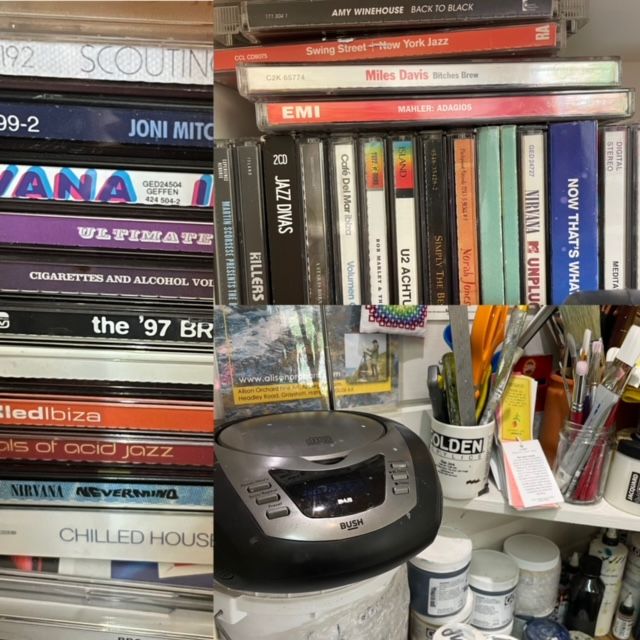
Using old-school CD’s instead of streaming reminds me to stop regularly. I slowly notice that it is quiet and the music has stopped and it causes me to pause and consider if I need a break or need to continue. This has saved many of my paintings from over enthusiasm and a lack of perspective. I can easily be blinded by the sensory pleasures of putting paint on canvas with an enthusiastic race to the finish. It’s amazing how walking away, taking a pause and then returning to look, makes you see the painting in a fresh light and provides clarity, revealing exactly what you need to do next.
When I work at my computer for the day I have an app that reminds me to get up and move regularly; perhaps I need an app to remind me to stop and sit down when I’m busy painting? Setting phone alerts, using the duration of a CD, or whatever works for you, it’s important vary the pace and take breaks.
My next workshop is about my painting process and I plan to build in some regular pauses into the day. It’s not a race to the end, it’s a continual exciting journey of discovery. One painting will spark ideas for the next and there’s just not enough days in a lifetime to paint them all, but thats Ok. I’m going to have a fun time learning what I’m capable of and when I’m not quite there yet I’ll just take a break and re-visit the idea later. So, I’m glad I stopped and thought about my student’s feedback and I am reminded that it’s Ok to go Slow.
-
Self portrait 'The Desperate Man' above is by Gustave Courbert
To find out more about Karen Skidmore’s business coaching here’s a link to her site: https://karenskidmore.com/
If you’re inspired to try a painting workshop please subscribe to my mailing list (link at the bottom of my website pages) I give subscribers early access to my workshop bookings. I promise not to work you too hard!
If you have any ideas on managing your daily painitng routine and energy levels I'd love to hear them. Please comment below or get in touch. Thanks.
Add a comment: